Kabuki Actor in Tokyo Has a Legendary Name Change

Savannah Walker
Posted on May 28, 2025
Share:
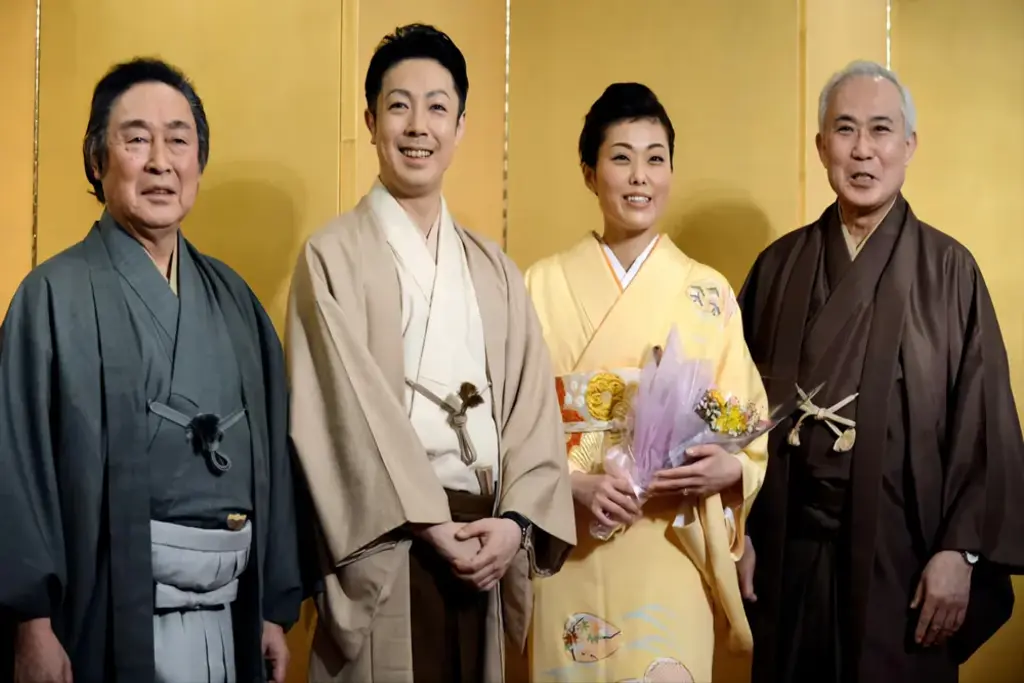
On a spring afternoon in Tokyo, the stage at Kabukiza Theatre shimmered with celebration. In a rare and historic event, kabuki actor Onoe Kikunosuke V officially assumed the prestigious stage name Onoe Kikugorō VIII, joining one of the most respected lineages in traditional Japanese theatre. Yes, he changed his name—but not in search of reinvention. In kabuki, a name change is a milestone. It’s not about leaving something behind. It’s about carrying something forward.
In the world of kabuki, a name change is not a fresh start—it’s a rite of passage. These names carry centuries of cultural weight and are passed down through generations of actors. So why do kabuki actors change their names? What does it mean to inherit a title like Kikugorō? And who else has taken on these legendary roles? Let’s look closer at the meaning behind kabuki’s evolving names—and why they matter more than ever.
Kikunosuke’s famous name change
In April 2025, Onoe Kikunosuke V assumed the revered stage name Onoe Kikugorō VIII in front of an audience at Tokyo’s Kabukiza Theatre. This wasn’t just a casual announcement. It was part of a rare, ceremonial event that included a hand-clapping ritual called koshiki kaoyose teuchishiki—a traditional blessing for success, typically held in private, but opened to the public for the occasion.
The transition was part of a shūmei ceremony, a traditional naming event celebrating the actor’s rise to a new artistic level. Following this announcement, audiences at Kabukiza Theatre watched as generations of actors shared the spotlight, embodying the continuity and legacy of kabuki itself. For Kikugorō VIII, the name marks artistic maturity and the responsibility of carrying on a deeply respected family tradition.
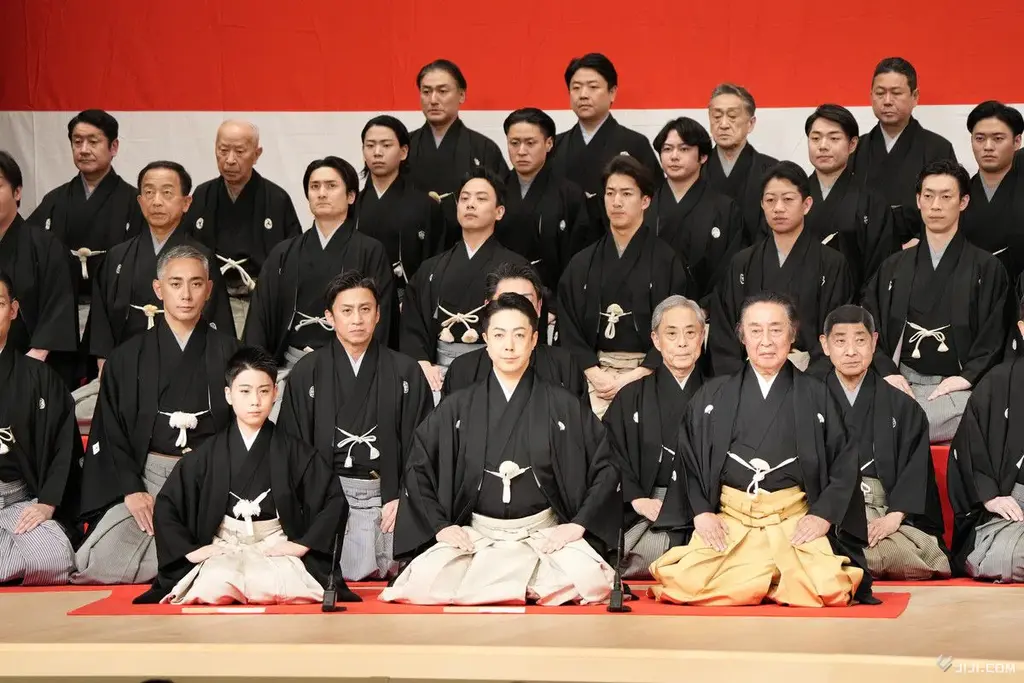
Why do kabuki actors change their names?
Stage names in kabuki are never random. The actors earn them through years of dedication and are typically passed down within families or acting guilds. Taking on a historical name like Kikugorō, Danjūrō, or Kanzaburō is a significant honor, like being inducted into a living hall of fame.
Actors often start their careers under junior or childhood names. As they grow in experience, they may adopt new names that reflect their rank, style, or family lineage. A name change usually signals a turning point: the actor has reached a new level of skill and recognition.
And it’s not just a personal milestone. The audience, the theater community, and even the media treat it as a significant cultural moment. Fans follow these changes closely, celebrating their favorite actors as they step into new roles—both on stage and in heritage.
Are you looking for great snacks to enjoy this summer? Check out Sakuraco! Sakuraco delivers traditional Japanese snacks, teas, and sweets from local Japanese makers directly to your door so you can enjoy the latest treats directly from Japan!
The most famous name changes
Ichikawa Danjūrō
Perhaps the most iconic name in kabuki, Ichikawa Danjūrō dates back to the 17th century. It closely connects to the aragoto style—intense, dramatic performances featuring mythical heroes and fierce warriors. The most recent actor to take on the name, Danjūrō XIII, assumed the title in 2022 with great fanfare and performances that honored the traditions of his ancestors. Members of the Ichikawa family usually hold this name, representing skill and a connection to the foundation of kabuki itself.
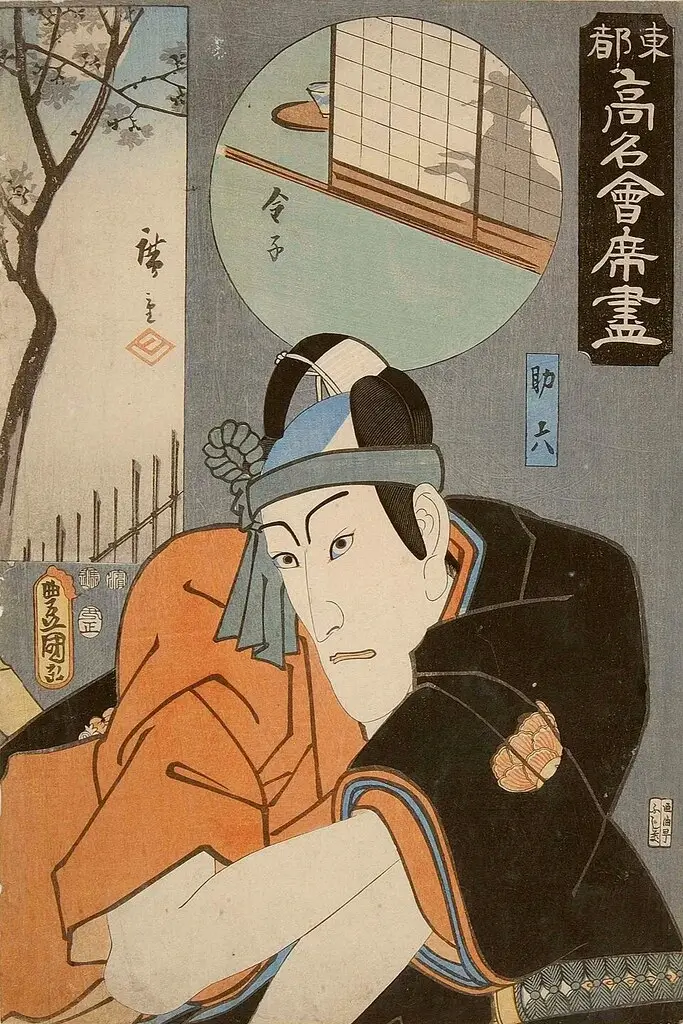
Matsumoto Kōshirō
Matsumoto Kōshirō X, who inherited the name in 2018, is another example of a deeply rooted lineage. His family has long been involved in traditional theater and modern film, making the Kōshirō name one of the bridges between kabuki and contemporary media.
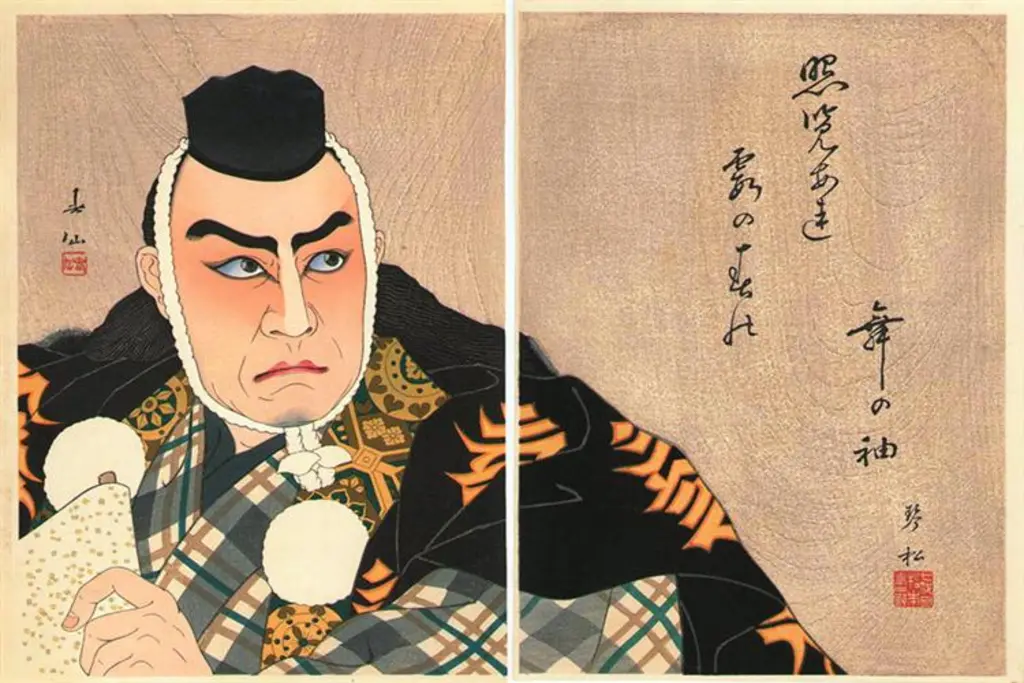
Nakamura Kanzaburō
Nakamura Kanzaburō XVIII was famous for his passionate performances and bringing kabuki to international audiences. His son, now known as Nakamura Kankurō VI, continues the family’s tradition, embracing innovation while preserving the core of the art form. These name successions are like family heirlooms—each generation adds something new, but the essence remains.
Do kabuki actors still change their names?
Kabuki may be centuries old, but it continues to evolve. Naming successions are proof that it’s not frozen in time. Instead, it thrives on the balance between reverence for tradition and openness to change. Actors taking on new names often mark a new era for their troupe, fans, and the theater world. It’s not just about lineage—it’s about reaffirming the relevance of the art. Each name tells a story. Each succession ensures that their storytelling can continue on stages across Japan.
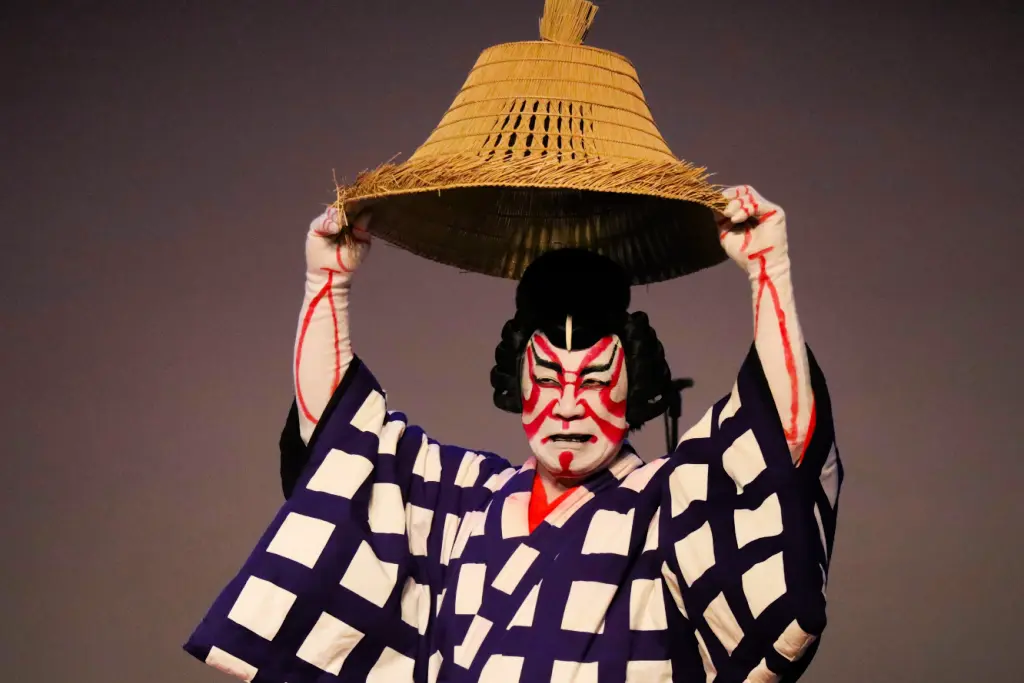
Do the name changes confuse people?
It can get tricky with many similar names being passed down, often in the same families. But that’s part of the charm. Kabuki theaters often provide helpful lineage charts and printed guides for those who want to keep track.
And for new viewers? The key is to enjoy the performance first. The drama, costumes, and stylized movements speak louder than any name. Over time, as you become more familiar with the actors, the names begin to mean more, like getting to know the faces in an old family photo album.
What makes kabuki so enduring?
It’s the perfect mix of tradition and transformation. Every name passed down is a thread in a much larger tapestry—woven over generations, but never finished. So tell us—before reading this, did you know about kabuki name successions? Do you have a favorite actor or kabuki performance? Let us know in the comments below! We’d love to hear your thoughts and stories.

Discover authentic flavors with Sakuraco
Get Sakuraco 

Discover authentic flavors with Sakuraco
Get Sakuraco 
Related Articles
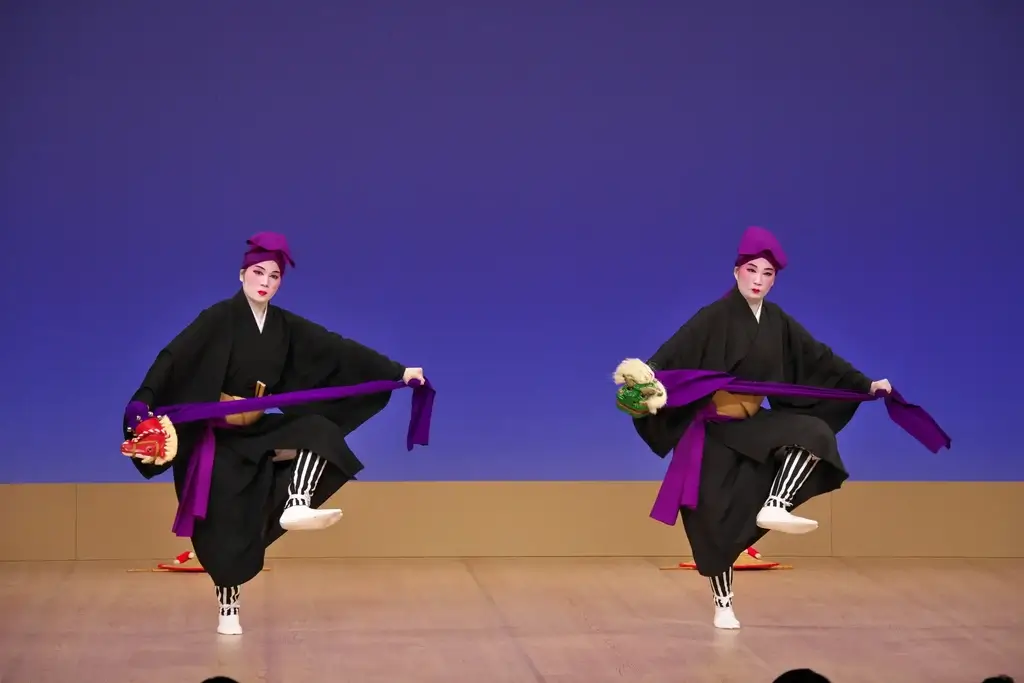
Okinawa Dance Performed at Carnegie Hall This Past June!
From the sunny shores of Okinawa to the bright lights of New York City, sisters Natsuko and Maki Akamine prepared for a big moment. On June 20th, the talented pair performed at Carnegie Hall, one of the most famous concert halls in the world.
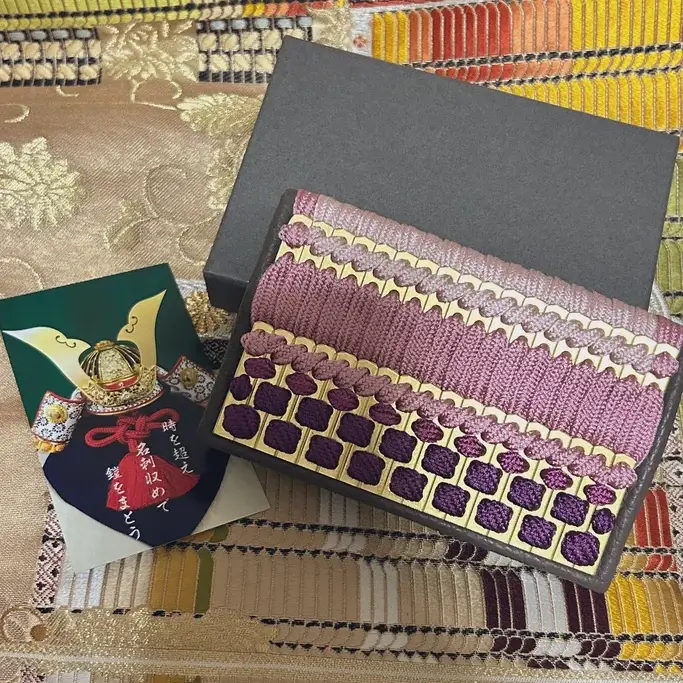
Samurai Armor Purses: A Blend of History and Modern Craft
Samurai armor was known for its striking designs and workmanship. It served not only as protection, but also as a symbol of the wearer’s strength and artistic taste. This combination of power and beauty has inspired a new generation of artists to revive the aesthetic.
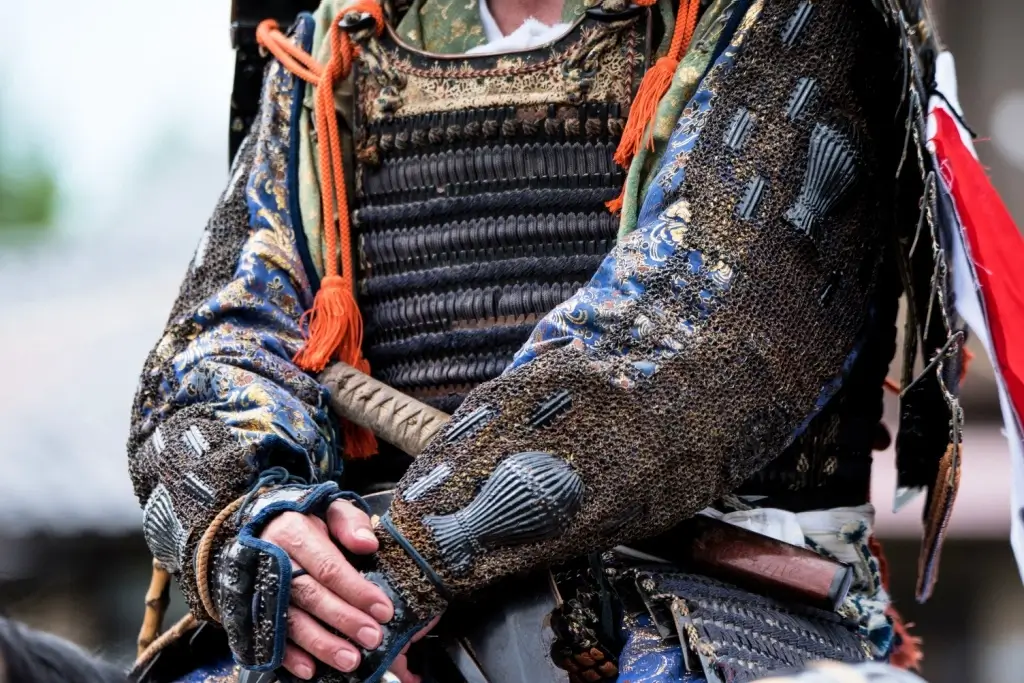
Fukushima Japan: Amazing Horse Event Has Women Compete!
If you’re interested in samurai history and culture, the Soma-Nomaoi festival in Fukushima, Japan, is a must-see! We also discuss the recent groundbreaking change that allows women of all ages to participate fully for the first time.
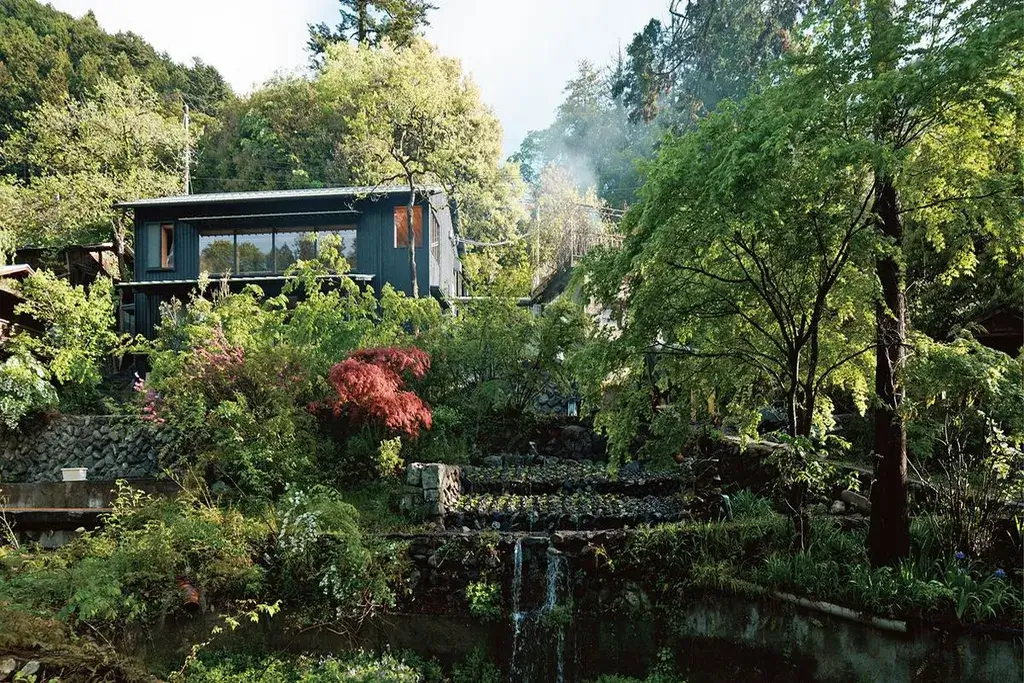
Okutama Has a Brand New Countryside Retreat to Visit!
The rural area of Okutama is a popular destination for those seeking a momentary break from the hectic capital. This quiet corner of Tokyo Metropolis has long welcomed travelers with its natural beauty and rustic charm. A new hotel style provides access to the area’s nature without sacrificing comfort. One hotel, in particular, packages the experience with enjoyable neighborhood activities.



